
Review on 💡 Hilitchi Insulated Disconnects Electrical Assortment: Secure and Efficient Power Management solution by Timothy Barnes

10ga terminals not crimping securely
I purchased these terminals with a Pro'sKit 902-330 Crimpro flag crimping tool so I am assuming I am using a compatible tool. For some reason I get bad crimps when using yellow 12-10 ga connectors with 12 ga wire. The crimped part of the terminal just unrolls and flattens out instead of staying wrapped around the wire as I believe; and therefore has very little retention (photos 2-3). I was able to easily pull the wire out after crimping, which shouldn't be possible (Photo 2). This happened twice out of the three crimps I made before giving them up. One crimp I couldn't get out can be seen in photo 1, and it wrapped the metal around the wire, which is what I think it should be. (The plastic insulator can be opened so I was able to photograph the internal metal parts). This is my first experience with flag terminals. I've been using straight clamps for decades and have never had this problem. My problem may be with the cheap Chinese terminals or the crimper itself - I don't know but plan on returning both. These terminals need to carry 20 amps at 250 VAC in my application. I can't let a loose contact heat up and melt, or let a bare wire fall out of a connector and hit a metal case (like fireworks). I think I could keep crimping and sorting out until I finally get enough "good" crimps to complete my project; but at the moment I'm not sure even a good crimp will last long. Now I don't trust these terminals. When I ordered them I was excited to finally be able to crimp flag terminals which unfortunately is a disappointment. Updated 07/14/20. I've found several workarounds that allow these terminals to work. These terminals are manufactured inconsistently and as a result some crimp better than others. See Fig. 5. Comparison of crimp barrel on two unused pins - the angle at which the metal edges meet is slightly different on the 'good' (upper) terminal and the 'bad' (lower) terminal. The more vertical bottom probably won't be able to curl, just lay flat, while the top has a better chance of making a good curl. But you can use needle nose pliers to bend the metal a bit to increase the curve more than the top. (or even more if you don't close it too tight for the wire to get in). I was able to achieve consistently acceptable crimps by changing the terminals in this manner. 2. The optional metal barrel, present only on the yellow terminals, can itself be crimped as a secondary operation with a standard (non-tab) crimping tool. This greatly improves the reliability of the crimp and may be able to be used as it is intended to be used (neither the terminal nor the crimping tool came with instructions for use so I'm not sure). Unfortunately, you will need standard crimping pliers for insulated cable lugs. So two different crimping machines are needed to crimp a terminal? Looks like. It's okay if you already have another crimping tool, but if you don't. You can probably just buy dies instead of the whole second crimping machine. but really? See Figures #4 and #6 for a standard insulated terminal crimping tool that will do the job. Now that I have a workaround that seems to solve the problem, I think I'll keep it to myself anyway, although I still rate 1 star because I have to disassemble and ridiculously modify the terminal. I hope this helps anyone struggling with this.
- Wiring and termination
- There are new competitors
New products
Comments (0)
Top products in 🔌 Wiring & Connecting
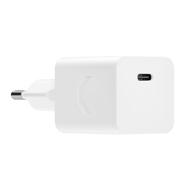
Wall charger COMMO Compact charger 20W Single Type-C, White

47 Review
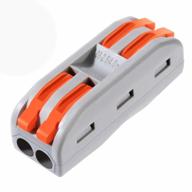
10PCS Rhymad Conductor Compact Lever Connectors With Fixed Base, 28-12 AWG Electrical Wire Terminals For 2 Circuit Inline Splices (SPL-2)

43 Review
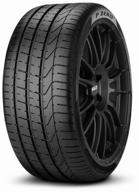
Pirelli P Zero 275/35 R20 102Y summer

64 Review
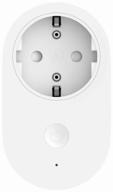
Smart socket Xiaomi ZNCZ05CM Mi

73 Review
Another interesting products
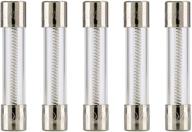
🔌 Bussmann MDL 2 Glass Delay Slow Blow

8 Review

🔌 Bussmann GMA 5A Acting Cartridge Listed: Reliable and Efficient Cartridge Fuse for Your Automotive Needs

7 Review
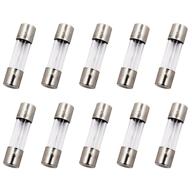
125V Industrial Electrical Fast Blow Glass Fuses - SIXQJZML Enhanced SEO

9 Review

Square HOMT2020 Circuit Breaker Homeline

7 Review

